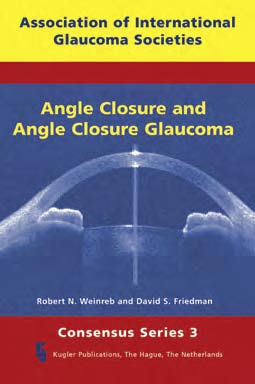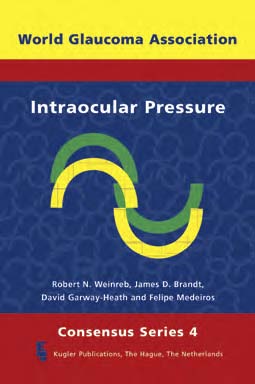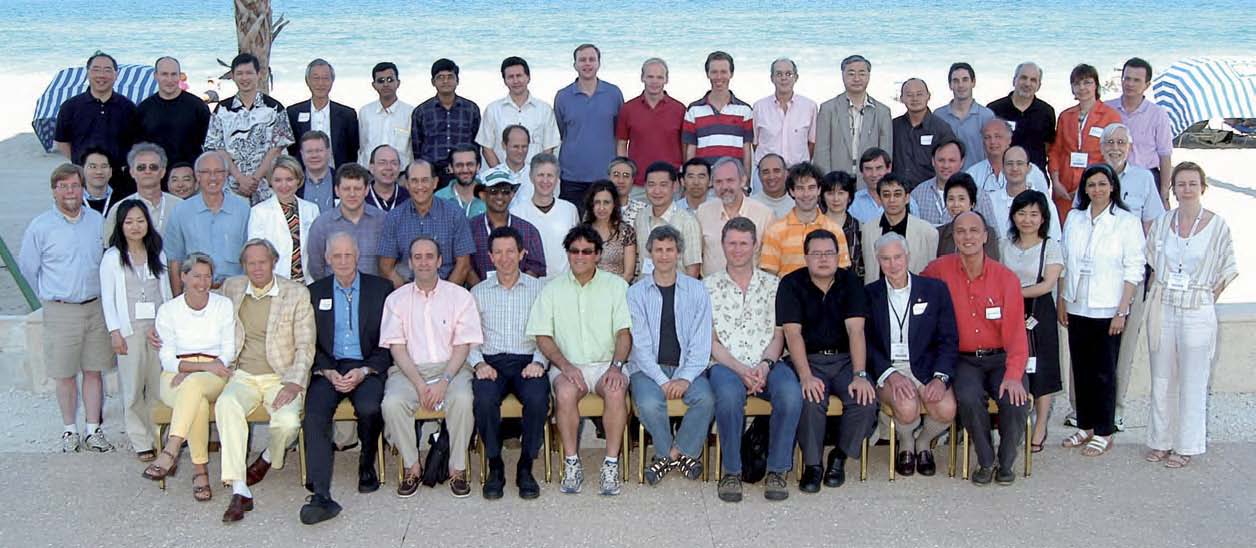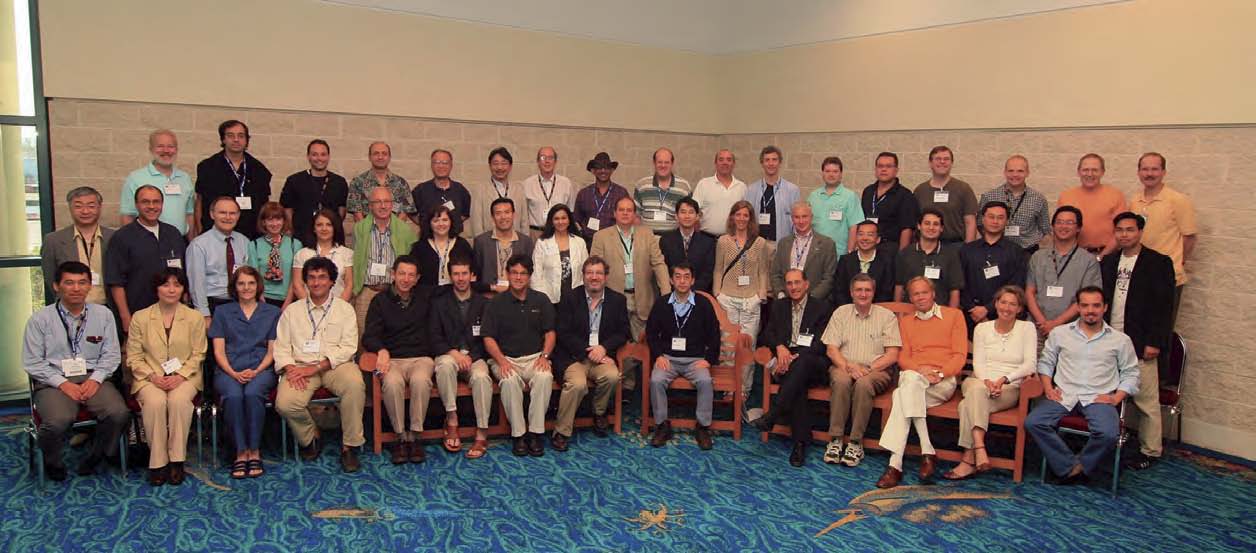advertisement

WGA Consensus Series

Robert N. Weinreb
Introduction
The Glaucoma Consensus Initiative of the World Glaucoma Association is based on the idea that the collective wisdom of a group is better than the opinion of a single expert. Assembling a sufficiently large and sufficiently diverse group of glaucoma specialists and scientists provides recommendations and insights that are likely to be superior to those of a single clinician. These recommendations and insights form the foundation for the Glaucoma Consensus Reports.
To prepare each of the consensus reports, there were several months of active discussion via the Internet by more than 100 expert members of the various consensus committees. The preliminary documents were circulated to each of the more than 70 member societies of the World Glaucoma Association, and additional comments were solicited. Participants were asked to review the international peer-reviewed literature, with special attention to the quality of available evidence. A Consensus Meeting attended by the experts and society representatives was then conducted. Consensus points were formulated and the report revised by the Consensus Panel following these discussions.
The clinic acumen and knowledge of numerous and diverse practitioners and scientists can be harnessed more efficiently and effectively than ever with the contemporary inter-connected global communication. We can learn from each other by sharing, adapting and updating new information, and agreeing on the significance of the information. Linking networks of glaucoma specialists has tangible and ongoing important implications for glaucoma research, glaucoma clinical care and glaucoma education on a global basis.
Consensus 3
Angle Closure and Angle Closure Glaucoma

edited by:R.N. Weinreb and D.S. Friedman
2006
Primary Angle-Closure Glaucoma is a leading cause of blindness throughout Asia, and may be more common in European-derived populations than previously recognized. Even though Open-Angle Glaucoma is more common than primary Angle Closure Glaucoma, it has been estimated that nearly half of all glaucoma blindness is due to Angle Closure Glaucoma because it tends to be more severe. Further, an aging population should increase the number of individuals affected by Angle Closure Glaucoma. Clearly, strategies need to be articulated to face this challenge.
Consensus 4
Intraocular Pressure

edited by:R.N. Weinreb, J.D. Brandt, D.F. Garway-Heath
and F.A. Medeiros
2007
Intraocular Pressure is a topic that touches the essence of our subspecialty. Its measurement is a vital aspect of glaucoma diagnosis and treatment. For now, it is the only modifiable risk factor. Measurement of IOP is a relatively recent – one century – addition to our diagnostic armamentarium. Even though the measurement of IOP is relatively simple, it is by no means uncomplicated. The greatest limitation is probably the paucity of measurements that are obtained in practice. Although continuous IOP measurement is on the horizon, it still is not ready for clinical practice.
Through the courtesy of the WGA and Kugler Publications, you may now download the PDF files of Consensus 1-5 WGA#One account.
Robert N. Weinreb, MD
Consensus Initiative Chair
World Glaucoma Association
World Glaucoma Association



